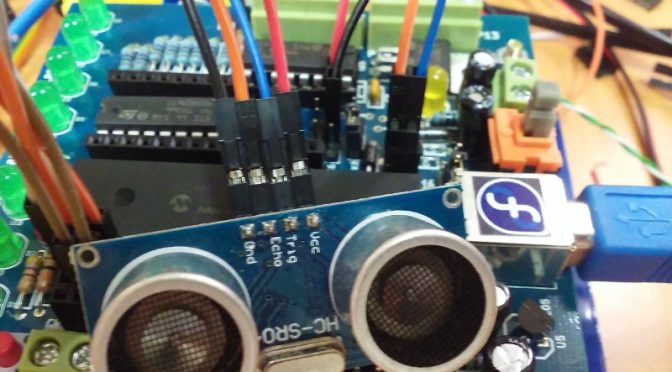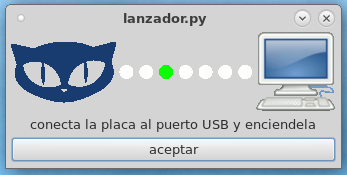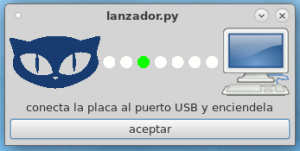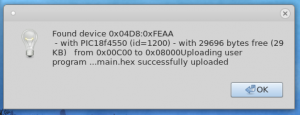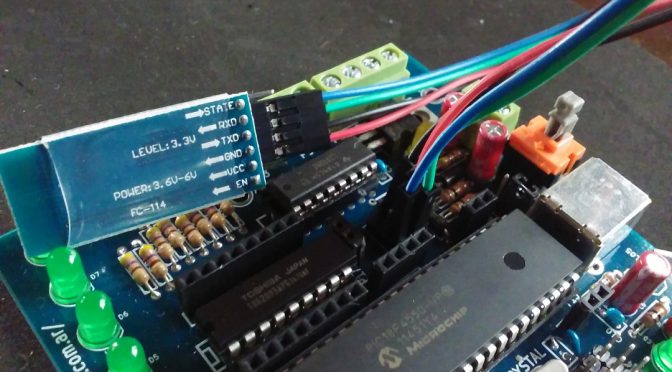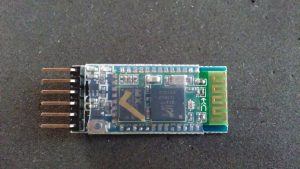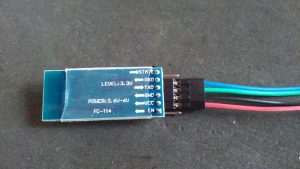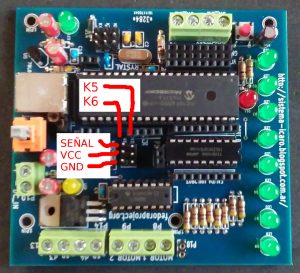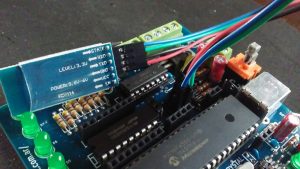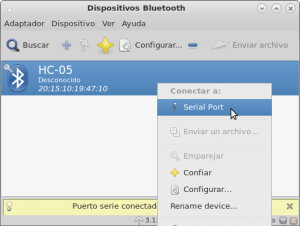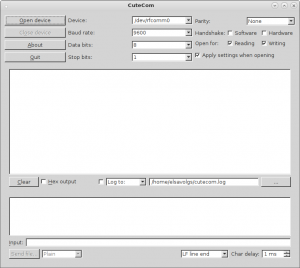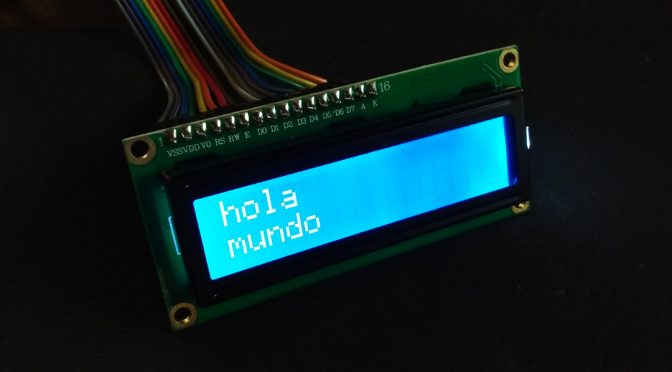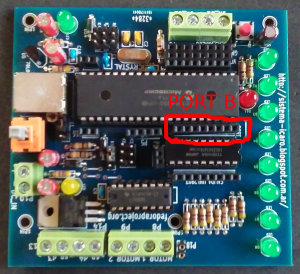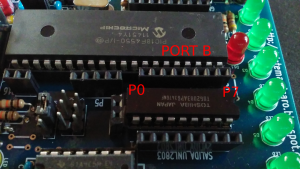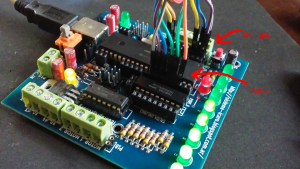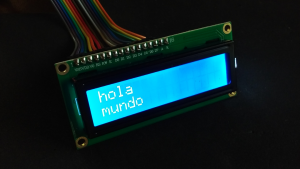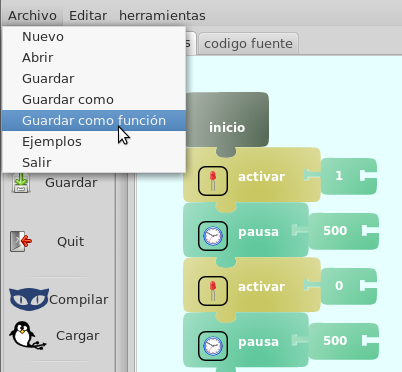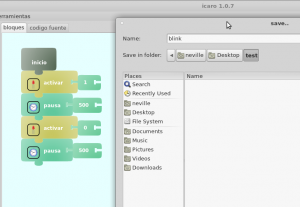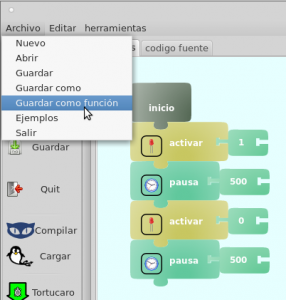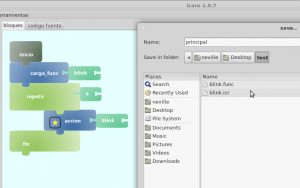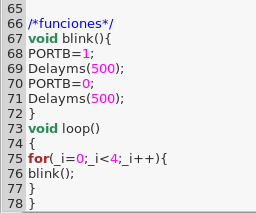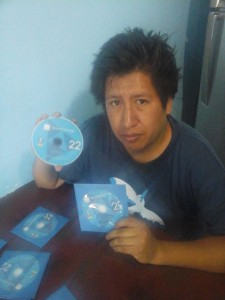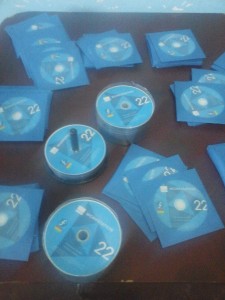The most common assumption is that FUDCon is about create user base, recruit collaborators and strength the community. But if you think about it, it is difficult to achieve all of them at the same time with high degree of success on all of them. On top of that you have great people that undertake the task of logistics, promotion and obtain sponsorship. FUDCon needs more budget to do so all that. People doing this job are subject to regular scrutiny by the community. Sometimes people ask about how preparation are going with good intention of helping, sometimes they are just curious and sometime just to complain. The local team most likely has no experience and no expertise on this kind of undertake. Also local team has no idea of how budget has to be handled, as nobody has explained to them. On top of that there is a overhead cost for event owners for running the event: crossing the city to meet potential sponsors, paying gas, taking time off from work. Most likely all those expenses are not reported and not reimbursed. So, obviously, high performance on three different areas becomes more challenging when you take into account the context like people demanding information, radinness, and your own hability to pay your share for the event.
But really, What FUDCon is really about?
There is no common agreement on this at the region level, just a fussy idea. There is no clear direction from any stakeholder higher up on the Project. Maybe, will be better to say stakeholders with a more community wide role. This is kind of crazy, because it is impossible to give an idea of success if there is no clear direction.
Create user base.
From my stand point, creating user base is a long process that requires long time effort of guidance and nurturing. It can be boosted by a spectacular conference, but will require follow up anyway. Having said that, I think that every FUDCon is an amazing collection of stars. As a new friend said, Fedora people is magical. But I will not said they are all rock stars, as we have a very rich collection of bachata, nueva trova, cumbia, reggae, bossa nova and so other marvelous musics talents. Well not me, because I suck at music.
Seriously, we have the best talents of the region in one place, but we are talking about virtualization and robotics, graphical design and network monitoring, software translation and 3D printing. If we fall asleep on conferences, is not only about jet lag and after hours hacking, it is also that none of us can really follow all those diverse topics. We should think how to better organize and categorize topics, so we can reach niches where we could boost user base that has been seed before the event.
Recruit Collaborators
From my stand point, the way to recruit collaborator is to push into the water people that is looking into the pond. You can get people in the water to make more laps, true. You can get people on the water to try a different styles, also true. But we need new people, to have a healthy communnity means people comes and goes. Definitely will be bad if you drag someone from far away into the water. Trying to get people from zero to collaborator in three days is non sense.
The key point is to identify those people that are proficient on Linux using git, ssh, rsa, ftp, vim and all the rest of letter soup and show them things that they can and may like to do for Fedora. Maybe you can find people creating amazing software and invite them to package their software to be part of Fedora repos. This is a task for the local team, and they need time to focus on find them. What local team from the rest of the Project is the people that can teach the ropes, can provide credentials and even have a showcase of a example to fast forward the entire process, so people that will become collaborators have a wide view of the task, while they engage in small steps.
Let me spell it out clearly how I see it. We should sponsor people that have the talents and credentials to guide people into collaborating to the project if we are going to recruit collaborators. We should provide time, space and resources to deploy this guidance. Bad internet at small hotel is not good for this. A noisy corner at the back of the conference room is not good either. We need hacking space.
Strength the community.
Community is the key word. We get together, we do stuff, we share and we recharge energies to keep doing more stuff. The problem with this is how to measure success on recharging people’s energies? Preaching to the choir it is not the best way to do it, although some times may be good for sharing. We need to hack the community. We need to plan how to conquer the world and then eat cookies (or alfajores). This activity need time to debate and discuss, write proposals. Probably we need to select people with certain skills related to community building to be there.
Energy is contagious, one people traveling will share experience when returns to his or her local community and pass on the good vibe. Swag is a way of making this more tangible, but it is not required.
The silver-lining.
You can not engage in any of these activities without having certain impact on the other categories. If you make an event for recruiting collaborators, you will get some spill out on creating user base and most likely you will help to strength the community. So picking which you will focus does not entirely cancel positive effects on the other areas. Focusing on one or two, creating a new style of running the event, will always have good effects on those areas that we choose not to engage directly. Simplifying the event, will make life easier for local team and improve performance.
The horrible true.
I may be wrong. I am operating on the general paradigm of FUDCon which lacks direction. So, if we start asking about what FUDCon should be about, we can end with other expectations from the event. Hopefully with clear objectives. Hopefully with a better way to reward people that made FUDCon possible.
Our debt to FUDCon event Owners
All people attending to FUDCon gave a lot of hugs and thanks to organizers. Would be nice a pat on the back form major stake holders of Fedora Project thanking them for their effort and commitment. So, if you didn’t have the opportunity to attend to FUDCon Cordoba 2015, please drop a line and say thanks, they deserve it.
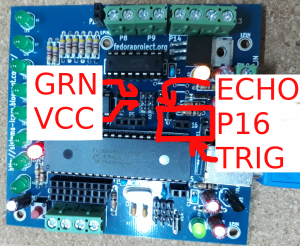 Opcionalmente podríamos tomar corriente del banco de sensores analógicos.
Opcionalmente podríamos tomar corriente del banco de sensores analógicos.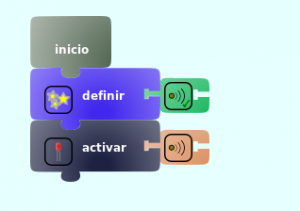 Este firmware lo que hace es mostrar la distancia en centimetros en valores binarios en la barra de leds de la placa.
Este firmware lo que hace es mostrar la distancia en centimetros en valores binarios en la barra de leds de la placa.